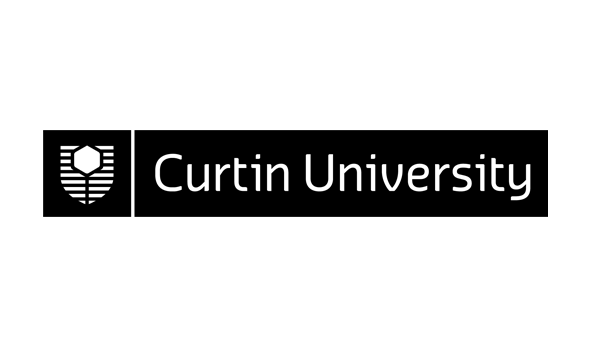310267 (v.1) Astrophysics 301
| Area: | Department of Applied Physics |
|---|---|
| Credits: | 25.0 |
| Contact Hours: | 3.0 |
| ** The tuition pattern below provides details of the types of classes and their duration. This is to be used as a guide only. For more precise information please check your unit outline. ** | |
| Workshop: | 1 x 3 Hours Weekly |
| Anti Requisite(s): |
11594 (v.3)
Astrophysics 302
or any previous version
|
| Syllabus: | Background astronomy. Distance measurements, celestial coordinates, luminosity, magnitude scale, spectra and classification, Hertsprung-Russell diagram. Astronomical and astrophysical resources: print and electronic forms, assessing reliability of materials. Stellar structure. Stellar models. Hydrostatic equilibrium. Radiation and energy transport. Stellar evolution. Nuclear burning stages. Protostars. Mains sequence stars. Red giants. White dwarfs. Chandrasekhar limiting mass. Neutron stars. Nucleosynthesis. Suess-Urey curve. Historical theories. B2FH model. Hydrogen (H), helium (He), carbon (C) etc - burning. Experimental evidence from isotope abundance measurements in meteorites. Light element synthesis. Implications for cosmology. Big Bang and primordial (light element) nucleosynthesis. Heavy element synthesis, and S, R, P processes. Radioactivity, valley of beta stability, principles of radiometric chronology, meteorite types, extinct nuclides: historical background, nucleon binding energy, Gamow Peak, stellar nucleosynthesis, high neutron flux stellar environments, AGB and Wolf-Rayet stars and the S-process. |
| ** To ensure that the most up-to-date information about unit references, texts and outcomes appears, they will be provided in your unit outline prior to commencement. ** | |
| Field of Education: | 010303 Astronomy |
| SOLT (Online) Definitions*: | Not Categorised *Extent to which this unit or thesis utilises online information |
| Result Type: | Grade/Mark |
Availability
| Year | Location | Period | Internal | Partially Online Internal | Area External | Central External | Fully Online |
|---|---|---|---|---|---|---|---|
| 2008 | Bentley Campus | Semester 1 | Y |
Area External refers to external course/units run by the School or Department or offered by research.
Central External refers to external and online course/units run through the Curtin Bentley-based Distance Education Area
Partially Online Internal refers to some (a portion of) learning provided by interacting with or downloading pre-packaged material from the Internet but with regular and ongoing participation with a face-to-face component retained. Excludes partially online internal course/units run through the Curtin Bentley-based Distance Education Area which remain Central External
Fully Online refers to the main (larger portion of) mode of learning provided via Internet interaction (including the downloading of pre-packaged material on the Internet). Excludes online course/units run through the Curtin Bentley-based Distance Education Area which remain Central External

